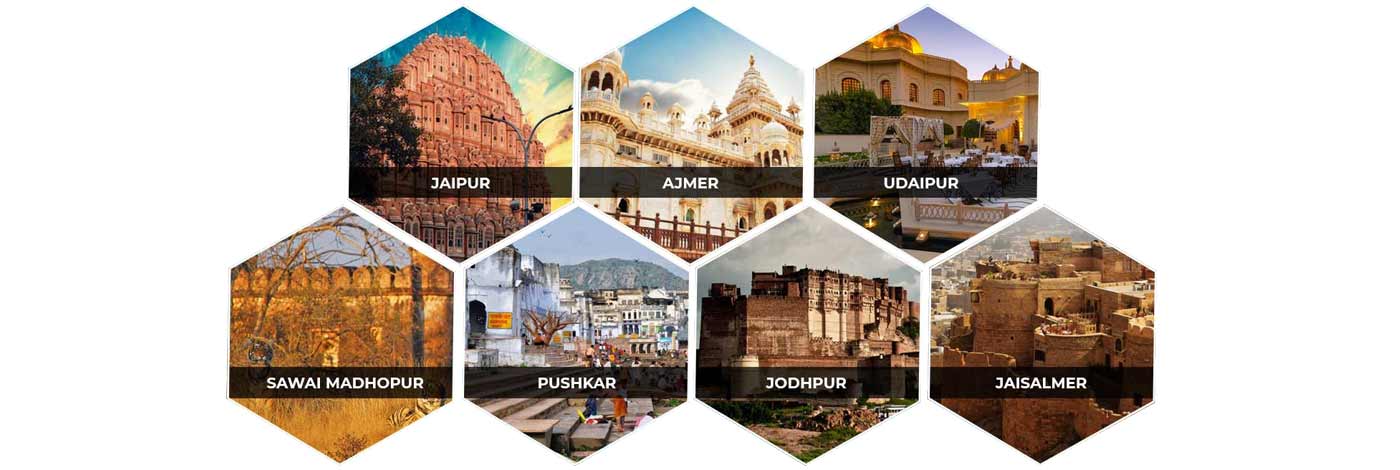
Sariska National Park Alwar
Sariska National Park, located at a distance of around thirty-five kilometers from the city of Alwar is a favorite place among the tourists arriving from all parts of the world. Known for its beautiful landscapes and vast meadows, the national park sees thousands of tourists coming from all across the world. Sariska National Park in Alwar is spread over a vast area of 800 sq. kms and the core area consists of around 480 sq kms. A home to several species of flora and fauna, Sariska National Park is among the most coveted national parks in Rajasthan. During ancient days, the park served as a hunting ground for the ruler of Alwar.
Wildlife in Sariska Reserve
Today, the park is home to numerous carnivores including Leopard, Wild Dog, Jungle Cat, Civets Hyena, Jackal, and Tiger. Their common preys are species like Sambar, Chital, Nilgai, Chausingha, Wild Boar and Langur. Sariska is also well known for its large population of Rhesus Monkeys, which are discovered around Talvriksh.
Most importantly, Sariska also represents great amount of the Avian world including Peafowl, Grey Partridge, Bush Quail, Sand Grouse, Tree Pie, Golden backed Woodpecker, crested Serpent Eagle and The Great Indian horned Owl.
Flora in Sariska
Although the area of Alwar is being recognized as a dry deciduous region but with the onset of monsoons the whole ambience becomes so impressive to attract the visitors for appreciating the natural beauty. Basically, the forest type is tropical, dry, deciduous, and tropical thorn and is regarded as the sole forest patch in the whole world of the western Aravali Hills. No doubt, greenery can rarely being traced at this region because of its localizing in India's deserted land-Rajasthan. However, Sariska plays a major role for the only mushy area of the Aravali ranges. The topography of this sanctuary is comprised of small hills and narrow valleys with dense busy shrubs amidst the rocky terrains. Such a landscape that witnesses less rainfall (avg. 650 mm/year) generally leads to the growth of dense vegetation to comprise scrubby trees and bushes. All in all the Sariska reserve is basically a group of arid yet dense shrubby forest.
Wildlife Safari in Sariska National Park
Two wonderful safaris are available in Sariska National Park named : Jeep Safari and Canter Safari.
Jeep Safari : An approximate on 3 hours, through “Jeep Safari”, a small group of at least 6 people can explore the national park and its wildlife in their natural habitat. A jeep safari is specially suggested for wildlife photographers so that they can capture the perfect picture of royal tiger and other species of animals.
Canter Safari : Next to jeeps, open vans called ‘Canters’ are also available for safari. If you are traveling in a group more than 6 people then it is best to be together in a canter. It allows 20 people at a time and travels in all zones.
Rajasthan Wildlife
Rajasthan brings to mind the images of forts, palaces, lakes, colourful festivals and the mighty Thar Desert. Rajasthan is a land of varied topography, ranging from the semi green forests of Mount Abu to dry grasslands of the desert, and from the dry deciduous thorn forest of Aravali to wetlands of Bharatpur. Each of these areas is home to variety of rare as well as endangered animal and bird species. The sanctuaries and the wildlife parks here attract the migratory birds and become their temporary home. Migratory birds like the common crane, ducks, coots, pelicans and the rare Siberian cranes, imperial sand grouse, falcons, buzzards flocks to this state during the winter season. In the season time, the whole place echoes with enchanting sounds and fascinating visuals against the sprawling meadow of flora. Each of these areas is a haven for a wide spectrum of wildlife, bestowing the state with some of the most fascinating wildlife sanctuaries in India.
With its unconventional beauty and varied attractions, Rajasthan simply charms its way into our hearts. However, there is another aspect of Rajasthan that draws visitors in hordes. Well, it is Rajasthan's rich wildlife that makes adventure lovers and wildlife enthusiasts flock its national parks and wildlife sanctuaries every year. A very well known fact is that Rajasthan has a variety of flora and fauna. Rajasthan is the haven of the tigers and many endangered species. Rajasthan is the home of some rare species of tigers, blackbucks, chinkara, the desert fox, the endangered caracal, the great Indian bustard, gavial, monitor lizard, wild boars, porcupine, etc. The leopard (panther) here is found in forests and in open degraded forest areas with rocky outcrops adjoining towns and villages. Each type of ecosystem is host to some rare species, so they have been marked as special area wildlife.
Rajasthan boasts of three national parks and over a dozen sanctuaries that offer a fascinating variety of birds and beasts, of flora and fauna and of hilly and forested terrain. Most of these areas are open to visitors round the year but are closed briefly during the monsoon. The wildlife sanctuaries in Rajasthan offer some of the best wildlife tours in India and can be explored either by jeep or on elephant back. So, get set for a jeep or elephant safari and enjoy a close encounter with the wild beasts and beautiful birds in their natural habitat. For those looking for adventure, these wildlife sanctuaries of Rajasthan provide the kind of excitement that really makes the adrenaline flow.
The Nahargarh Biological Park has a variety of vegetation and several species of wild beasts. The Jhalana Nature Trail, Arboretum Park, Amrita Devi Park and Machia Safari Park are the other popular ones. Around 550 species of birds can be traced in the lakes, ponds, marshlands and grasslands of Rajasthan. They are an absolute paradise for bird lovers most of which are residents. The best colony of birds in the world is Kealodeo National Park situated in Bharatpur. The Keoladeo Ghana National Park at Bharatpur is a bird sanctuary that is visited, every year, by our feathered friend from distant lands. It is famous for the exotic Spoonbills and Siberian Cranes. It has more than 400 species of birds and more than 130 of them breed inside the park. Being a unique bird place, the UNSECO has recognized it as a world heritage site. The Sariska Wildlife Sanctuary and the Ranthambore National Park are tiger reserves and homes to the royal Indian tiger. These destinations have a large variety of other wild species including the wild boar, jackal, sambar and nilgai. The Ranthambore National Park is also a heritage site, as it houses the magnificent ruins of a thousand-year-old fort.
The best season for bird watching begins with the onset of winter when marshlands and lakes are inhabited by migratory birds as well as resident birds. Flamingos, too can be seen in salt-water lakes like Pachpadra near Barmer and Sambhar near Jaipur. The major wetlands other than Bharatpur in Rajasthan.
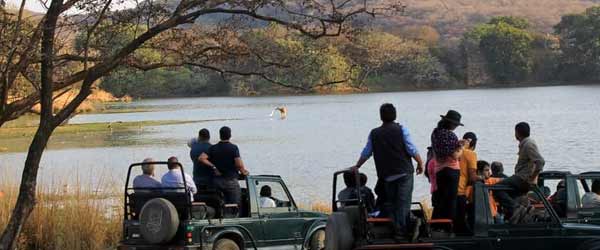
Ranthambore National Park
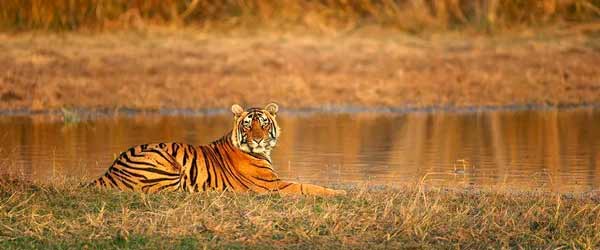
Sariska National Park, Alwar
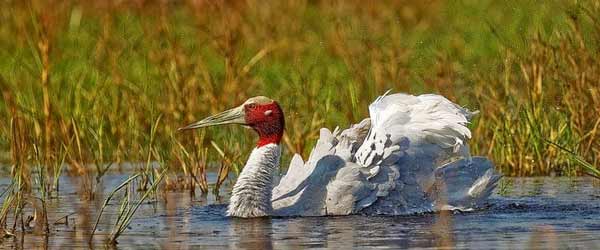
Keoladeo Ghana Bird Sanctuary
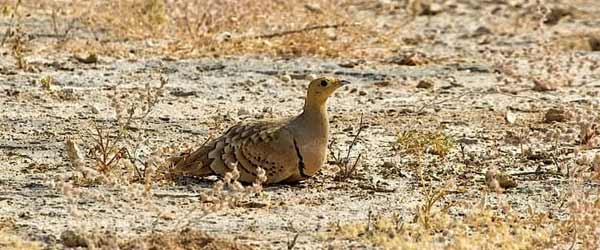
Desert National Sanctuary
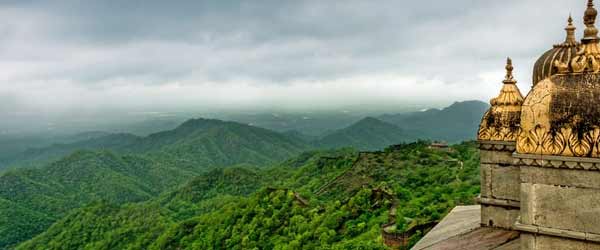
Kumbhalgarh Wildlife Sanctuary
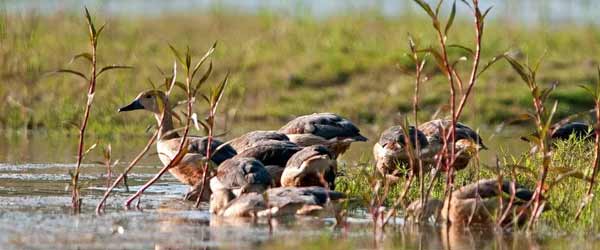
Darrah Sanctuary, Kota
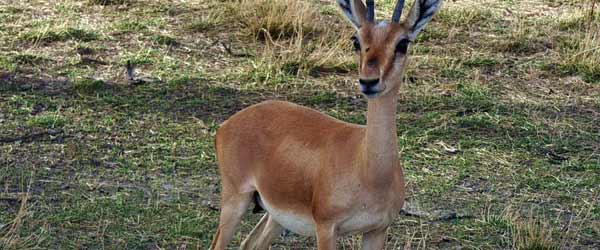
Mount Abu Sanctuary
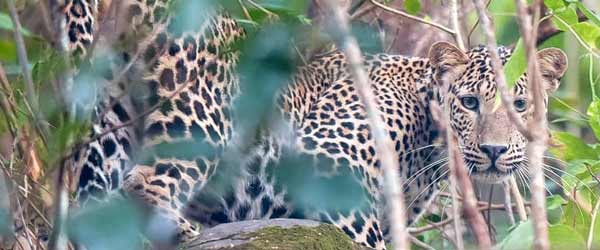
Sita Mata Sanctuary, Pratapgarh
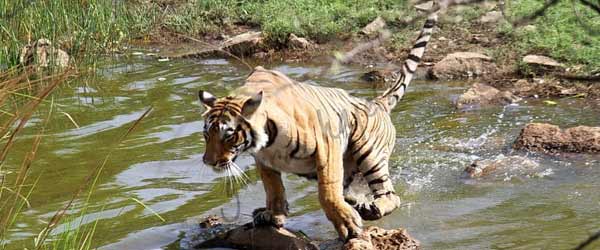
Keladevi Wildlife Sanctuary
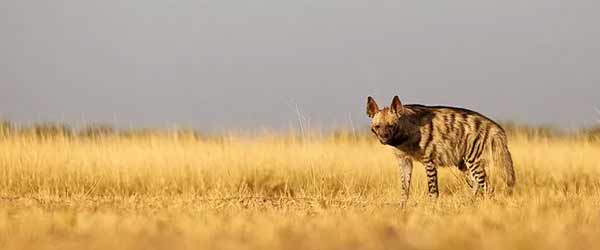
National Chambal Wildlife
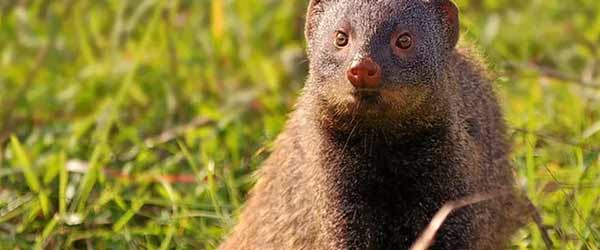
Machiya Safari Park, Jodhpur
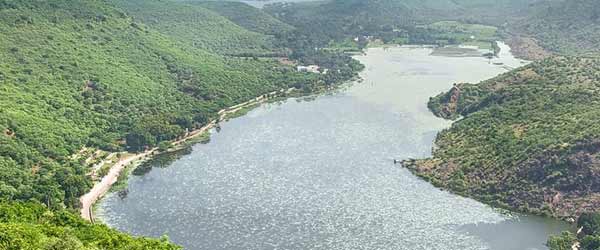
Ramgarh Vishdhari Sanctuary
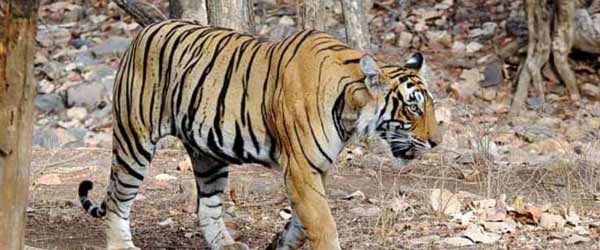
Mukundara Tiger Reserve, Kota
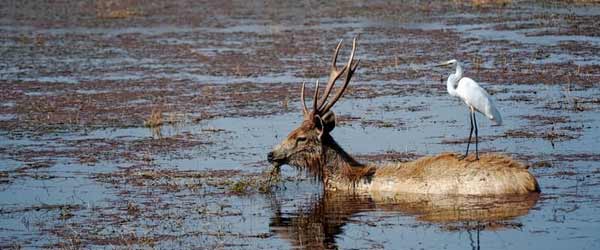
Baretha Wildlife sanctuary
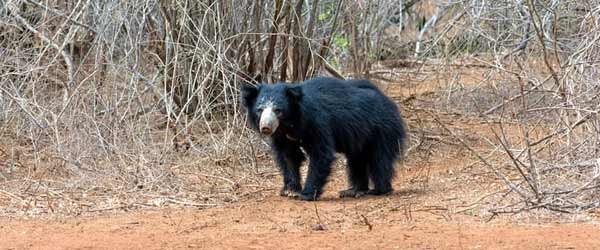
Jaisamand Sanctuary, Udaipur
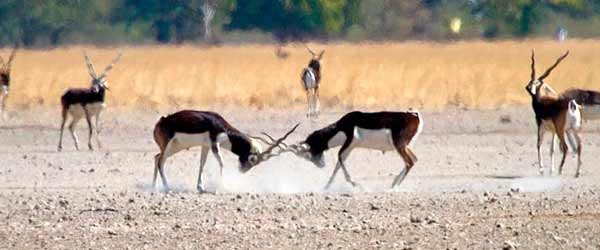
Tal Chhapar Sanctuary
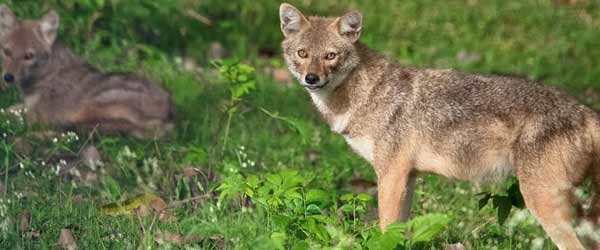
Bassi Wildlife Sanctuary
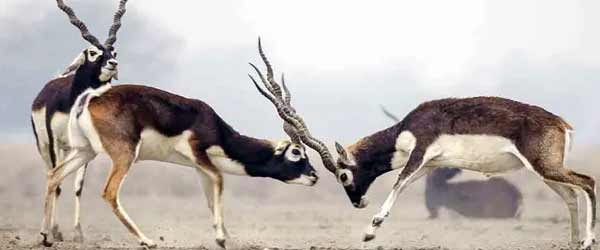
Gajner Wildlife Sanctuary
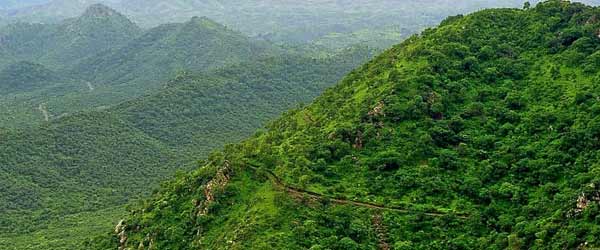
Sajjangarh Wildlife Sanctuary
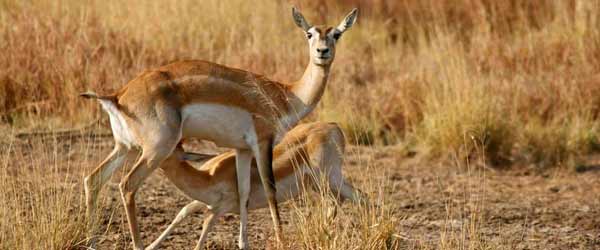
Todgarh Raoli Wildlife Sanctuary
 +91 9549279999
+91 9549279999 